History’s most memorable figures often hid private fixations that shaped their days as much as politics or art. Collections grew, rituals hardened, and odd fascinations bled into policy, patronage, and reputation. Some obsessions look charming with distance; others read as warning lights that flashed in real time. Taken together they reveal how power magnifies habit. These seven portraits follow fixations that gripped leaders, inventors, and monarchs, from a tsar with pliers in his pocket to a king building castles for a composer’s music.
Peter the Great’s Tooth Pulling
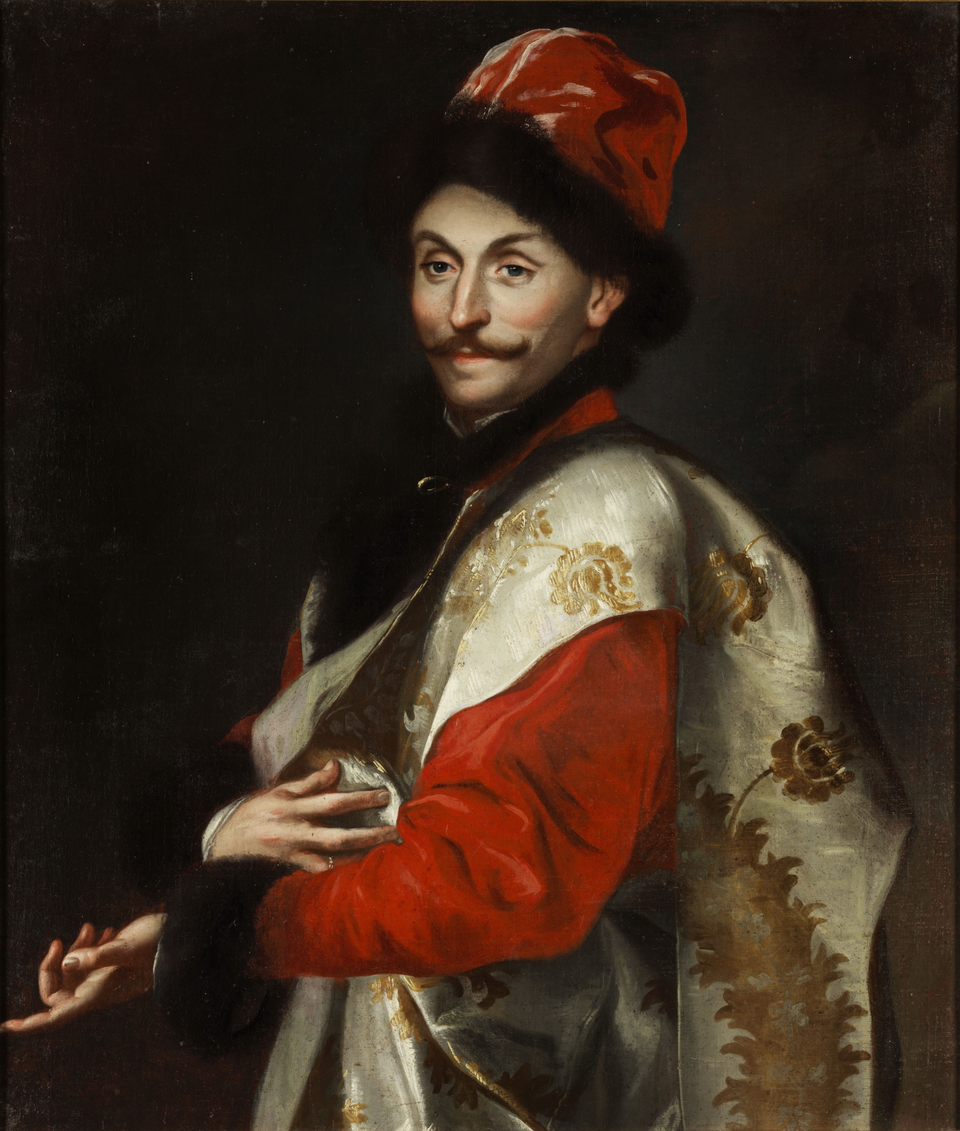
Peter I of Russia learned basic dentistry during his travels in Europe and turned it into a hands on hobby. He reportedly extracted teeth from courtiers and sailors, sometimes uninvited, keeping a jar of trophies that doubled as conversation pieces. The fascination fit his reforming streak, yet it also revealed appetite for control over bodies as well as institutions. Medical curiosity and monarchic power sat uncomfortably close whenever the pliers came out.
Nikola Tesla’s Pigeons and the Number Three
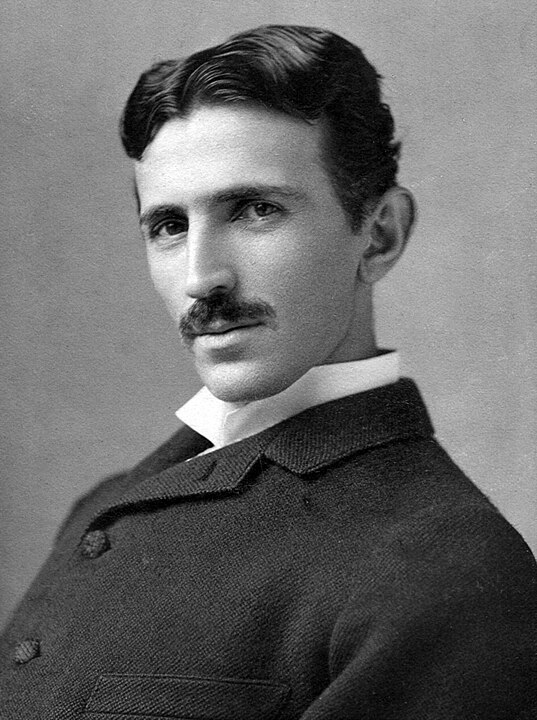
Tesla ordered life with numerical rituals and pristine symmetry, often circling buildings three times before entering and rejecting objects that failed his rules. In New York he fed injured pigeons daily and spoke of a particular bird with deep affection, a bond that soothed loneliness late in life. Precision drove his inventions and fierce demonstrations, yet obsession softened their edges and sometimes pushed him toward isolation in hotel rooms filled with notes and carefully stacked napkins.
Howard Hughes’s Sterile Retreat
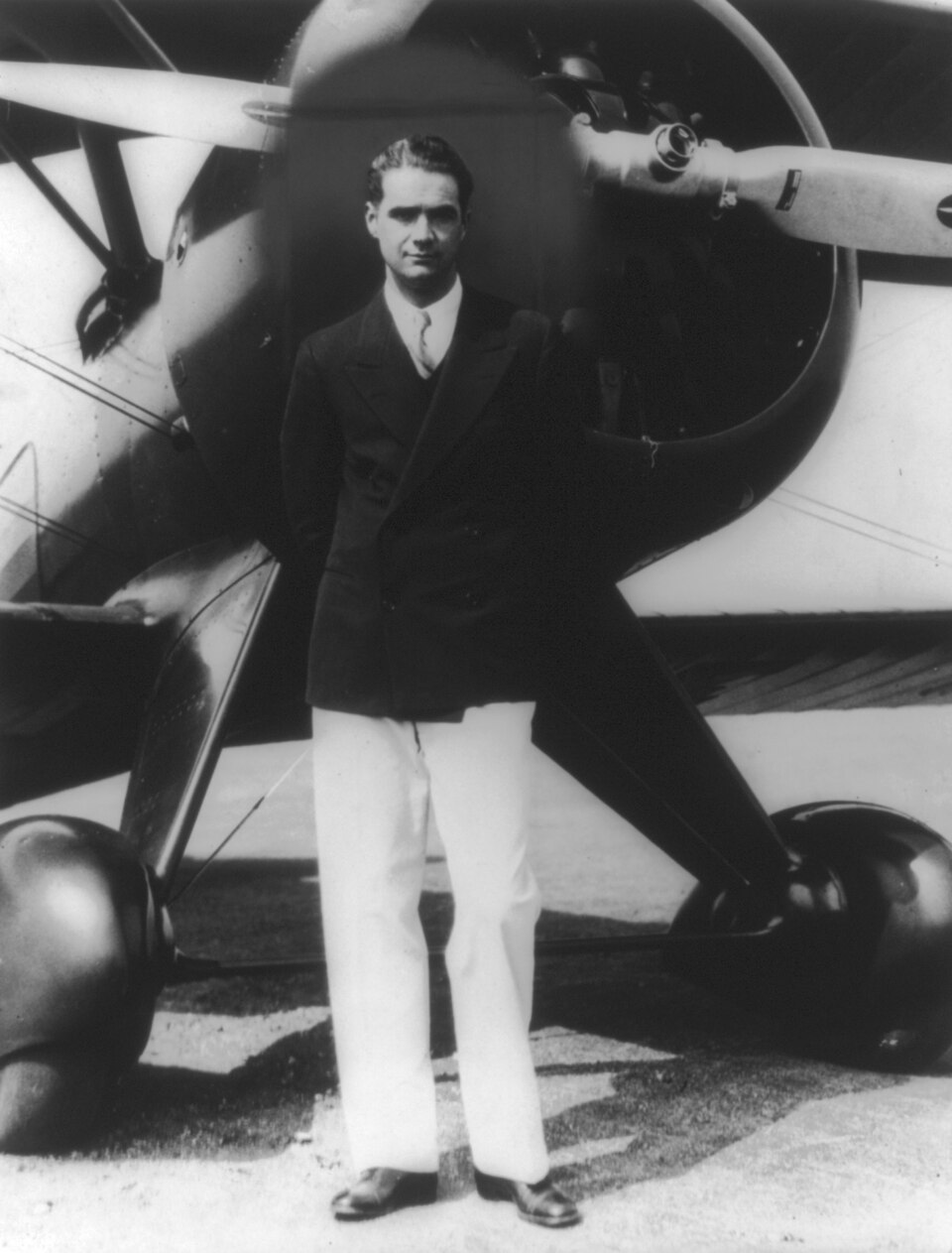
The aviator tycoon retreated into sealed rooms, wrote instructions for handling objects with layers of tissues, and avoided handshakes as germs took over his thinking. Films played on repeat while long memos dictated milk timings, tool cleaning, and hotel protocols, with aides measured by compliance more than skill. His drive built airlines and records, yet the fixation on purity narrowed his world until business, romance, and friendships bent around the ritual and the doors stayed locked.
Lord Byron’s Student Menagerie
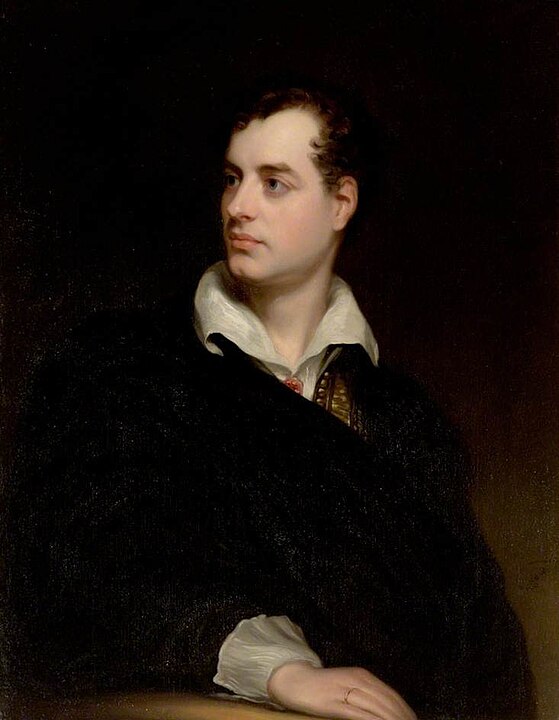
When Cambridge rules banned dogs, Byron enrolled a bear and walked it on college grounds, then expanded a private zoo of foxes, badgers, and a tamed crow. The spectacle fed his celebrity and framed a pose against dull conformity, a living satire that delighted friends and needled dons. Behind the joke sat a restless need for novelty that followed him to Greece, where impulsive loyalties, costumes, and public performance shaped the last, crowded chapters of a short, blazing life.
Queen Victoria’s Permanent Mourning
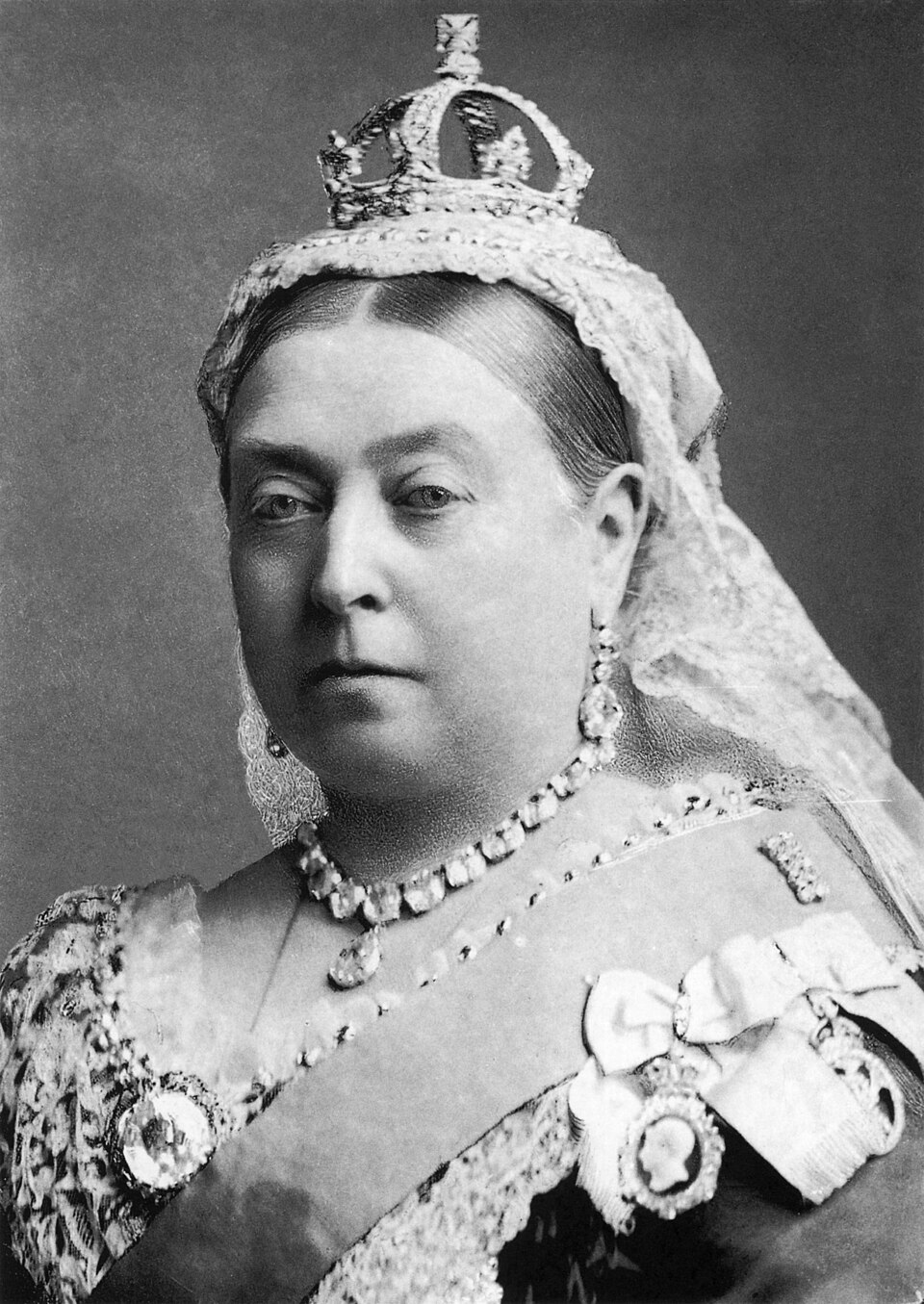
After Prince Albert’s death in 1861, Victoria built an all encompassing ritual of grief. Black clothing, preserved rooms, and daily notes to a husband long gone turned mourning into governance, shaping court tone and public appearances for decades. The routine steadied her private world while distancing parts of the public and press, creating a monarchy both intimate and remote. The paradox became the frame of a reign remembered for duty anchored to loss.
King Ludwig II’s Castles and Wagner
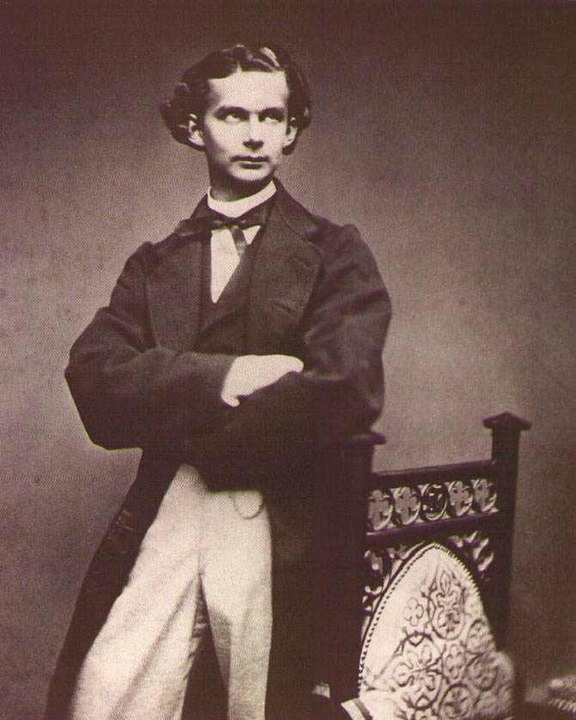
Bavaria’s Ludwig II poured treasury and personal funds into fantastical palaces tuned to Richard Wagner’s operas, from swan motifs to grottoes built for solitary performances. Nights became tours through illuminated halls while ministers fretted over debts, missed deadlines, and paperwork returned unsigned. His architectural dreamworld left Bavaria with landmarks and a budget crisis, proof that romantic obsession can outbuild any balance sheet and still leave a haunting kind of beauty on the hills.
Emperor Rudolf II’s Alchemical Court
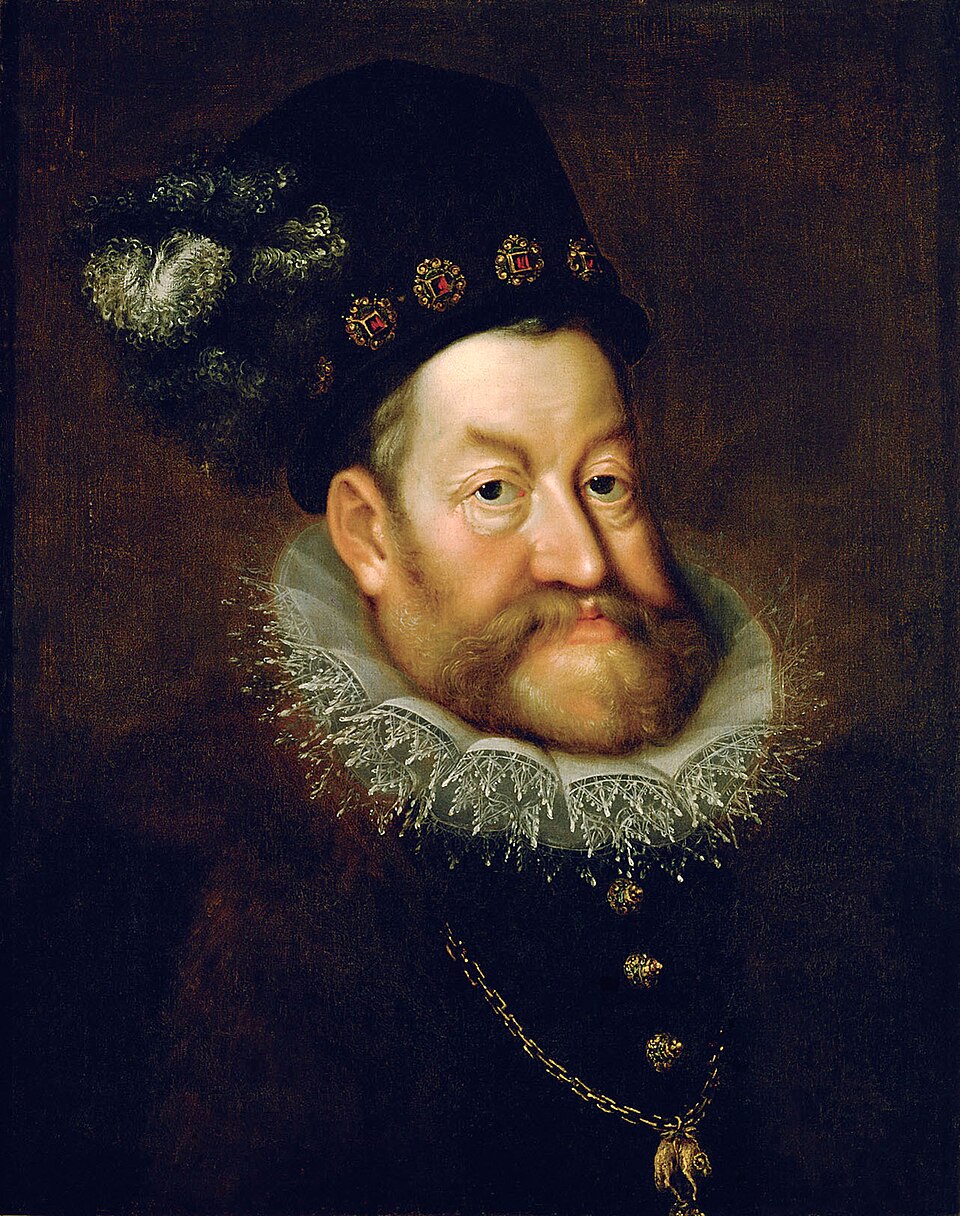
In Prague, Rudolf II gathered alchemists, astronomers, automata, and exotic beasts into a palace of wonders. Cabinets of curiosity sat beside furnaces where adepts promised gold or panaceas, while artists painted strange, luminous canvases for a ruler hungry for marvels. Science advanced in the mix with Kepler and Tycho close at hand, but statecraft suffered as Habsburg rivals pressed on borders and budgets. Curiosity without guardrails turned imperial attention into drift and left the dynasty scrambling to recover.


